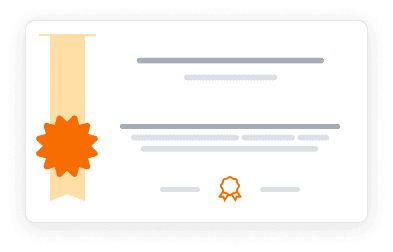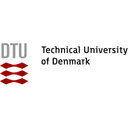Master high-resolution tomography analysis from data acquisition to 3D modeling, with hands-on experience in reconstruction and physical parameter extraction.
Master high-resolution tomography analysis from data acquisition to 3D modeling, with hands-on experience in reconstruction and physical parameter extraction.
This comprehensive course provides a complete workflow of high-resolution tomography analysis, covering data acquisition, 3D reconstruction, segmentation, and modeling. Students gain practical experience with Python programming while working alongside field experts. The course combines theoretical foundations with hands-on exercises in image processing, focusing on real-world applications in materials analysis and physical property extraction. Through interactive labs and assignments, learners develop skills in both technical implementation and data interpretation.
4.7
(59 ratings)
4,561 already enrolled
Instructors:
English
What you'll learn
Master tomographic data acquisition and processing
Implement 3D reconstruction algorithms
Perform image segmentation and analysis
Develop skills in Python programming for imaging
Apply finite element modeling to extracted data
Analyze physical parameters from tomographic data
Skills you'll gain
This course includes:
529 Minutes PreRecorded video
40 assignments
Access on Mobile, Tablet, Desktop
Batch access
Shareable certificate
Get a Completion Certificate
Share your certificate with prospective employers and your professional network on LinkedIn.
Created by
Provided by

Top companies offer this course to their employees
Top companies provide this course to enhance their employees' skills, ensuring they excel in handling complex projects and drive organizational success.





There are 11 modules in this course
This comprehensive course covers the complete workflow of advanced tomography analysis, from basic principles to practical applications. Through eleven modules, students learn data acquisition techniques, 3D reconstruction methods, image segmentation, and physical modeling. The curriculum combines theoretical lectures with hands-on programming exercises in Python, focusing on real-world applications in materials analysis. Topics include X-ray imaging principles, reconstruction algorithms, contrast mechanisms, and finite element modeling.
Introduction to Advanced Tomography
Module 1 · 29 Minutes to complete
What is tomography and what can it do for me?
Module 2 · 1 Hours to complete
Introduction to Jupyter notebooks for data handling
Module 3 · 2 Hours to complete
Where is the data coming from?
Module 4 · 36 Minutes to complete
Tomographic reconstruction
Module 6 · 8 Hours to complete
Imaging contrast
Module 7 · 14 Minutes to complete
Segmentation
Module 8 · 4 Hours to complete
Computer resources
Module 9 · 15 Minutes to complete
Modelling physical parameters
Module 10 · 5 Hours to complete
Closing session
Module 11 · 3 Hours to complete
Fee Structure
Payment options
Financial Aid
Instructors
Senior Researcher in Biomass Conversion and Bioprocess Technology
Henning Osholm Sørensen is a Senior Researcher at the Technical University of Denmark (DTU), specializing in biomass conversion and bioprocess technology. With a strong background in industrial biotechnology, Sørensen has dedicated his career to developing sustainable processes that leverage microorganisms for various industrial applications. His research focuses on optimizing bioprocesses for the conversion of biomass into valuable products, emphasizing the valorization of by-products and the efficient use of resources. Sørensen's expertise encompasses fermentation technology, biochemical engineering, and microbiology, making him a key contributor to advancements in the field. Through his work at DTU, he aims to foster innovation in sustainable energy solutions and contribute to the transition towards a bio-based economy.
Researcher at DTU with Expertise in Engineering
Jakob Sauer Jørgensen is a researcher at the Technical University of Denmark (DTU), where he focuses on advancing knowledge and innovation in engineering disciplines. With a solid academic background and research experience, Jørgensen contributes to various projects that aim to address contemporary challenges in technology and engineering. His work often involves collaboration with interdisciplinary teams, enhancing the university's mission of promoting sustainable development and technological advancement. Through his research efforts, Jørgensen plays a vital role in shaping the future of engineering practices and education at DTU.
Testimonials
Testimonials and success stories are a testament to the quality of this program and its impact on your career and learning journey. Be the first to help others make an informed decision by sharing your review of the course.
Frequently asked questions
Below are some of the most commonly asked questions about this course. We aim to provide clear and concise answers to help you better understand the course content, structure, and any other relevant information. If you have any additional questions or if your question is not listed here, please don't hesitate to reach out to our support team for further assistance.





